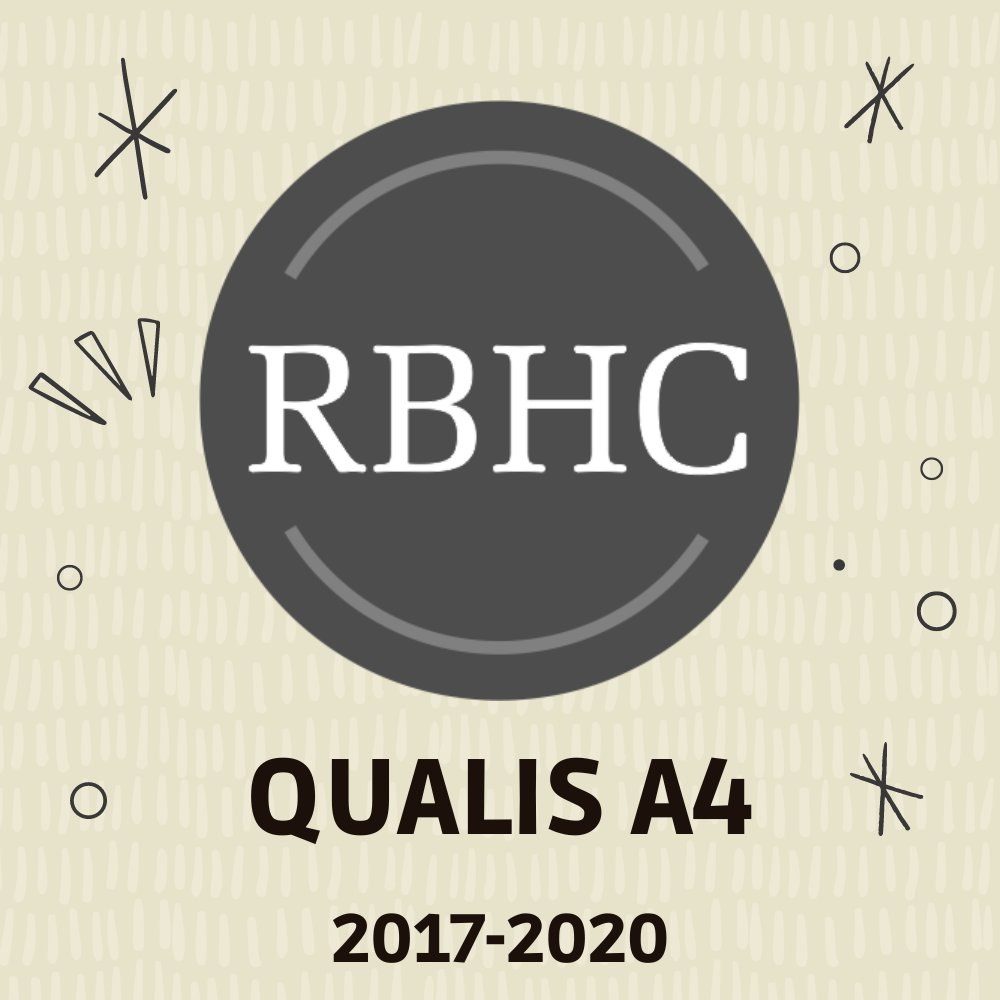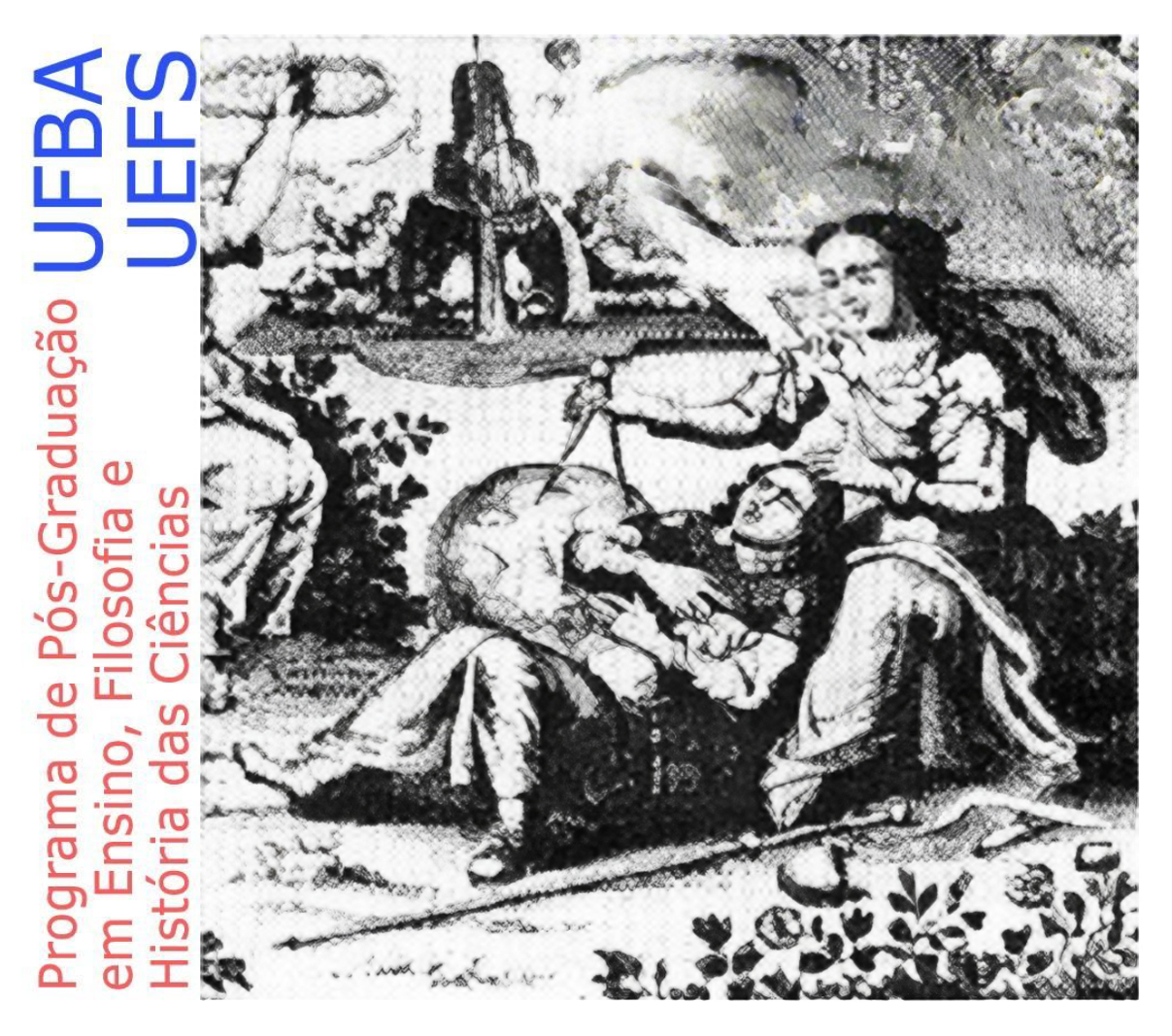Water and air in a hygienic, aseptic, odorless city
the production of an urban space through out the chronicles of the architect Alfredo Camarate
DOI:
https://doi.org/10.53727/rbhc.v11i1.75Keywords:
City, hygiene, water, air, circulationAbstract
This paper aims to problematize aspects that have crossed the reordering of urban spaces at the turn of the 19th century to the 20th. For this, having Belo Horizonte as a reference, enumerates questions that were in the discussions related to the construction of a city that was projected as a model. Throughout the chronicles written by the architect Alfredo Camarate it is possible to arrive at conceptions of the city that guided those involved with the construction of the city. These pieces of art treats about issues such as quantity and quality of the water and the air, outlining the choices and the repertoires of those considered producers of the urban space. Besides this, the chronicles also help to problematize the impacts and the contradictions of an intense social transformation and to comprehend how the sensitivities were being educated to and by a city that was wanted hygienic and odorless.
Downloads
Downloads
Published
Issue
Section
License

This work is licensed under a Creative Commons Attribution-NonCommercial-NoDerivatives 4.0 International License.



















